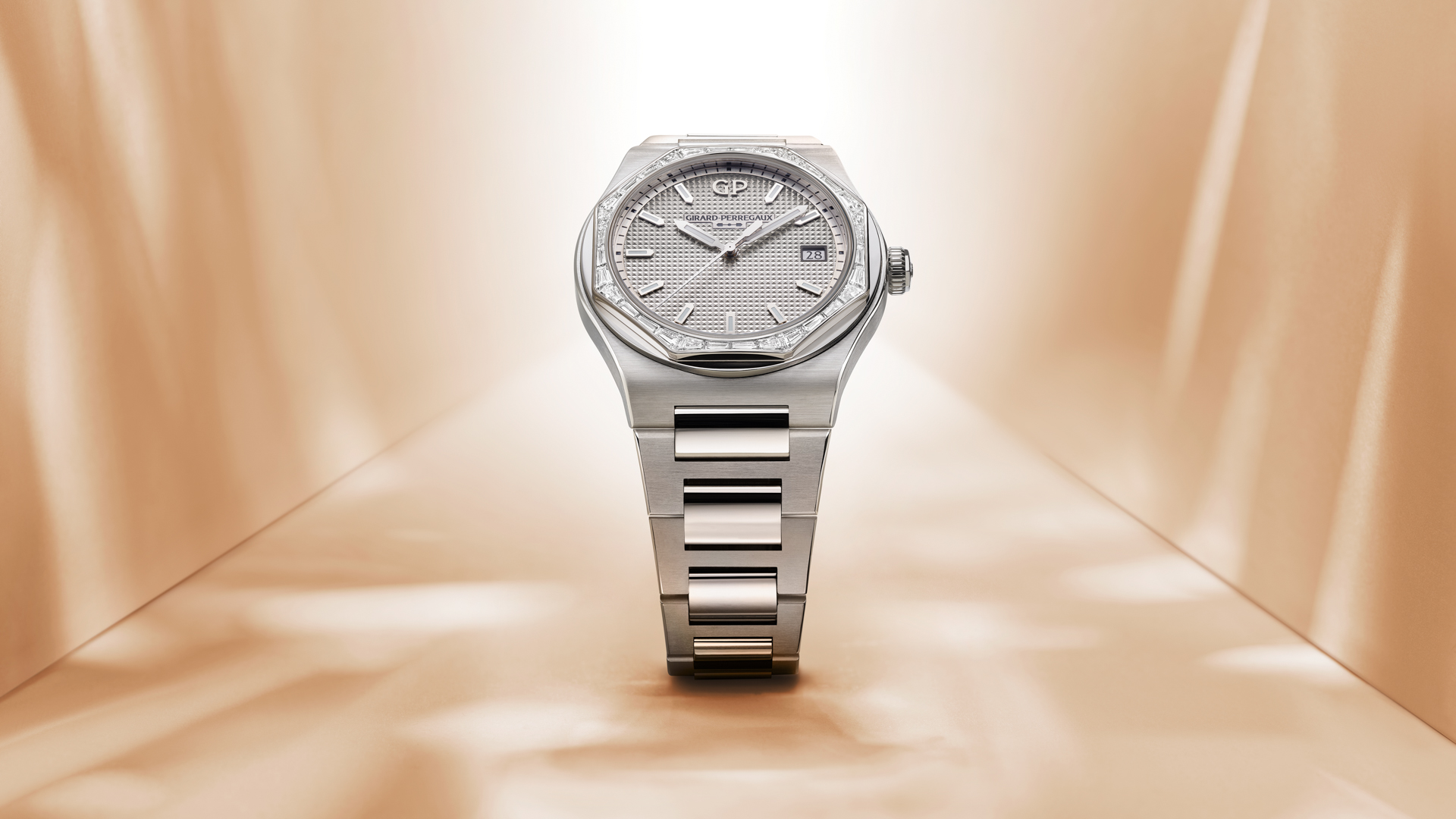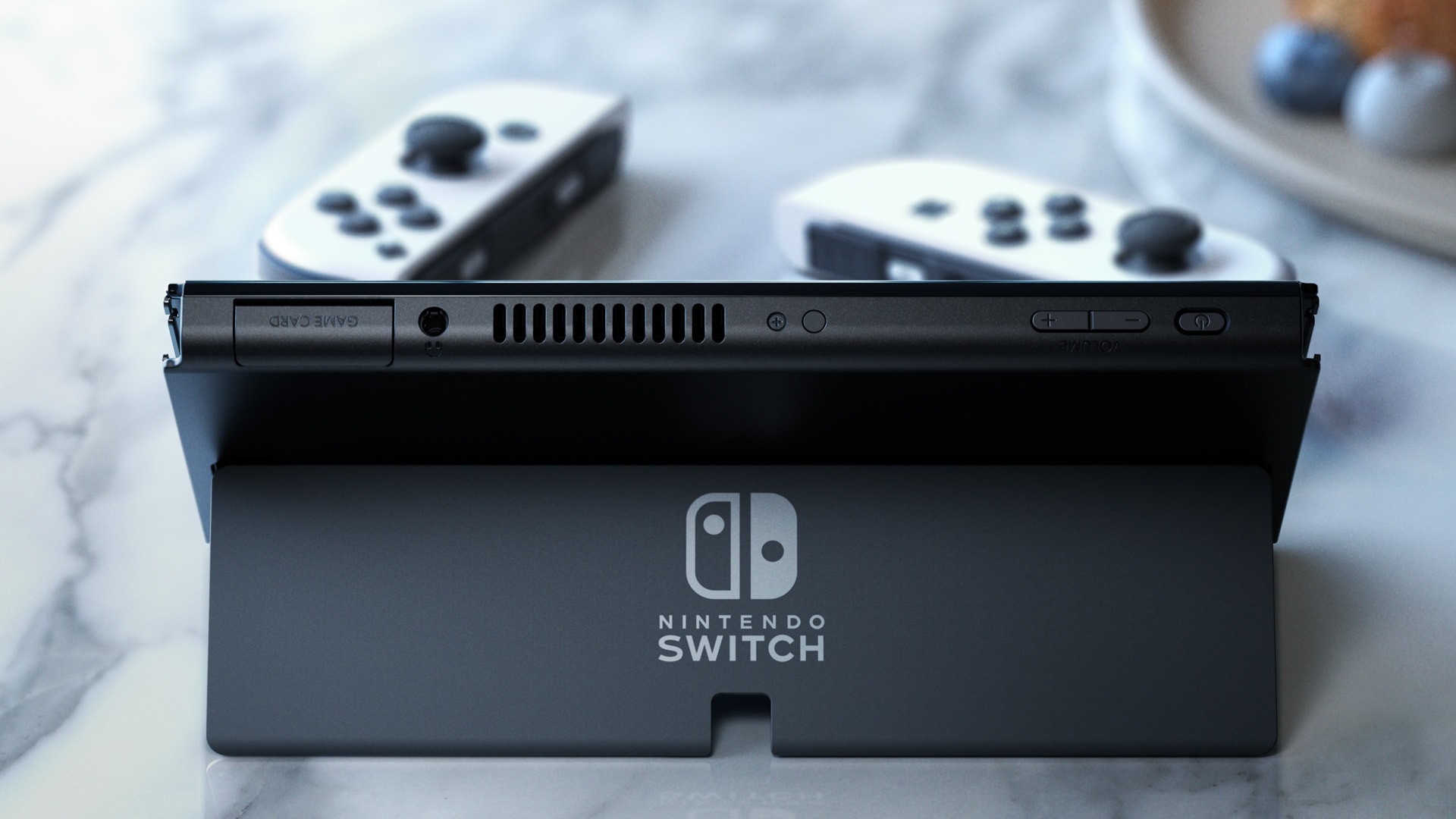

The Nintendo Switch OLED has very definitely split opinion since its left-field unveiling a week ago, with some moving fast to lodge their Nintendo Switch OLED pre-order, while plenty of others moving fast to voice their disappointment with its perceived missing features and lack of ambition.
Both these takes are based on a pretty complete view of the Nintendo Switch OLED, too, with its release date (October 8, 2021), price ($350) and technical offering well known. Gamers don't know everything right now, with the BigN staying schtum so far for example about whether or not the console comes with upgraded Joy-Con controllers, but most of what it is going to offer is now out there.
And now, following a revelatory report by U.S. news site Bloomberg, gamers now also seem to have details about just how much the Nintendo Switch OLED's upgraded hardware costs to produce, with analysts slating that "the upgrades are estimated to cost around $10 more per unit" to produce.
The analysts, who hail from established industry research firms DSCC and Omida, note that the Switch OLED's new 7-inch OLED panel display, which is made by Samsung, costs an additional $3 to $5 per unit over the existing Nintendo Switch, which uses an LCD panel instead. On top of that cost is another $3.50 needed to double the internal system storage from 32GB to 64GB. Combined, probably with a few other negligible cost increases such as the console shipping with a larger kickstand, these roughly add up to around $10.
And, well, if that production cost increase estimate is accurate (Nintendo has declined to comment) then that leaves gamers facing a rather critical question in my mind – do they rate the Switch OLED's upgrades enough in order to pay $40 more than that production cost increase to land the system? After all, as noted above the Nintendo Switch OLED is going to hit the market at $350, which is a straight $50 increase over the price point that the original Nintendo Switch retailed for at launch.
It won't have escaped gamers that the Nintendo Switch OLED price does not tally with this estimated production increase cost, either. As it seems like despite the Nintendo Switch OLED costing only $10 more to make than the standard Nintendo Switch, the BigN is charging $50 more for it.
Is the opportunity to play Nintendo Switch games on a screen that could make them look much better worth that extra premium spend? Right now my opinion is that it absolutely isn't, but then again, I've not seen the system or seen games running on it. Maybe seeing the console in action will change my mind, but right now I think $350 for a system powered internally by hardware that is half a decade old but now has an OLED screen not an LCD one is a really tough sell.
Sign up to the T3 newsletter for smarter living straight to your inbox
Get all the latest news, reviews, deals and buying guides on gorgeous tech, home and active products from the T3 experts
I mean, for goodness sake, you can buy a PS5 Digitial Edition for just $50 more! That's a genuinely next-gen games console that delivers orders of magnitude better performance and graphics and that is absolutely future-proofed.
And I think the Nintendo Switch OLED price rise is also harder to stomach considering that there remains the possibility that the BigN could also release a Nintendo Switch Pro console in the foreseeable future, which uses the same OLED panel as this new console but features upgraded internal hardware.
So, is the Nintendo Switch OLED worth the extra spend? That's the critical question gamers are going to have to ask themselves when it comes round to October 8th.
- These are the best gaming headsets to play Nintendo Switch through
Rob has been writing about computing, gaming, mobile, home entertainment technology, toys (specifically Lego and board games), smart home and more for over 15 years. As the editor of PC Gamer, and former Deputy Editor for T3.com, you can find Rob's work in magazines, bookazines and online, as well as on podcasts and videos, too. Outside of his work Rob is passionate about motorbikes, skiing/snowboarding and team sports, with football and cricket his two favourites.
-
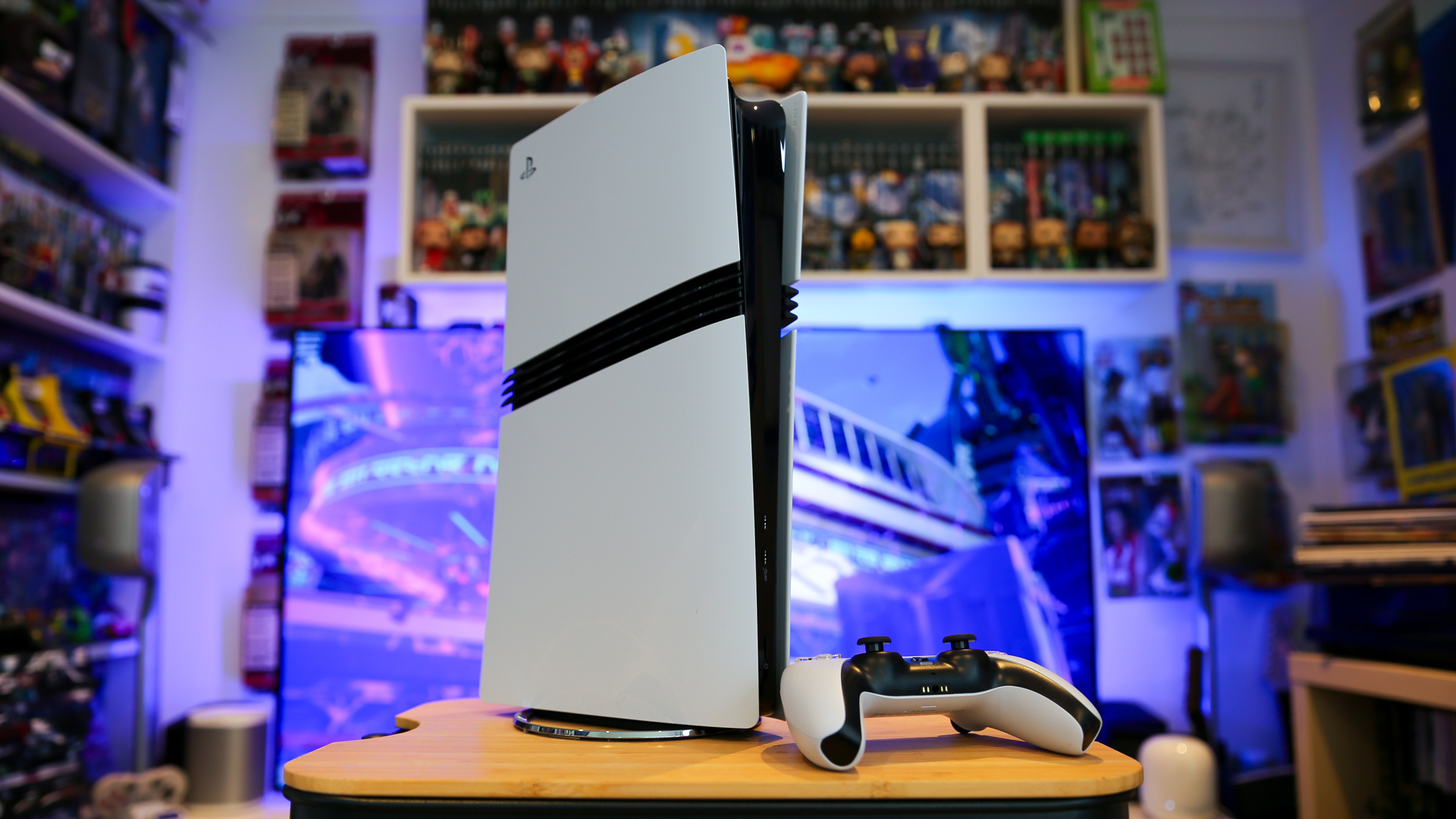
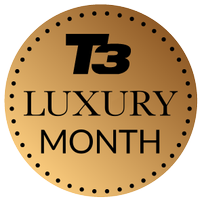 The 5 luxury PS5 Pro accessories I can't live without – How to upgrade your PlayStation in style
The 5 luxury PS5 Pro accessories I can't live without – How to upgrade your PlayStation in styleIf you want a better experience for your PS5 Pro, you need these luxury upgrades
By Max Freeman-Mills
-
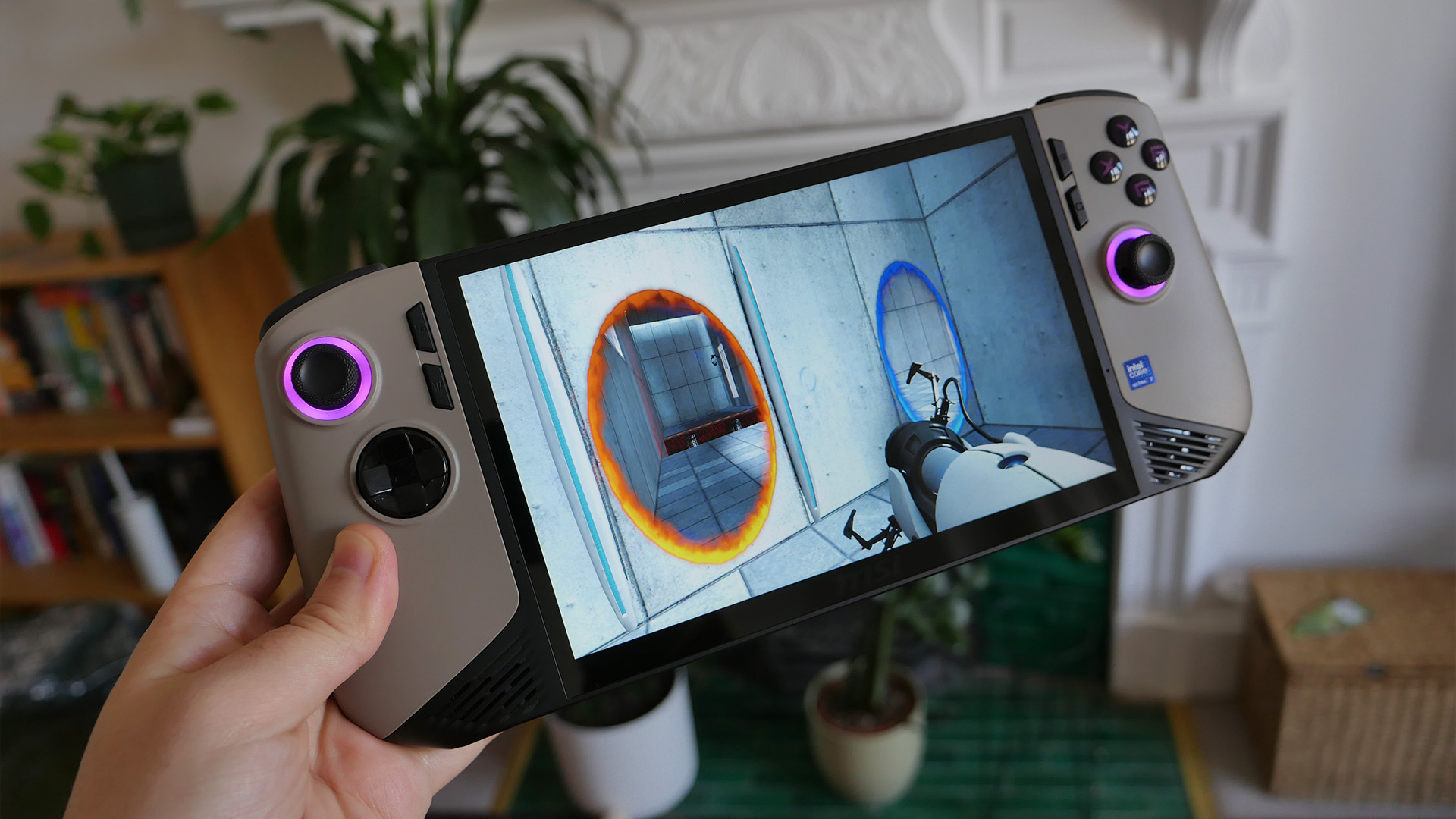 This handheld Switch 2 alternative blew me away – MSI's Claw 8 AI+ is ace
This handheld Switch 2 alternative blew me away – MSI's Claw 8 AI+ is aceThe MSI Claw 8 AI+ is an 8-inch handheld gaming PC that's hard to argue with
By Max Freeman-Mills
-
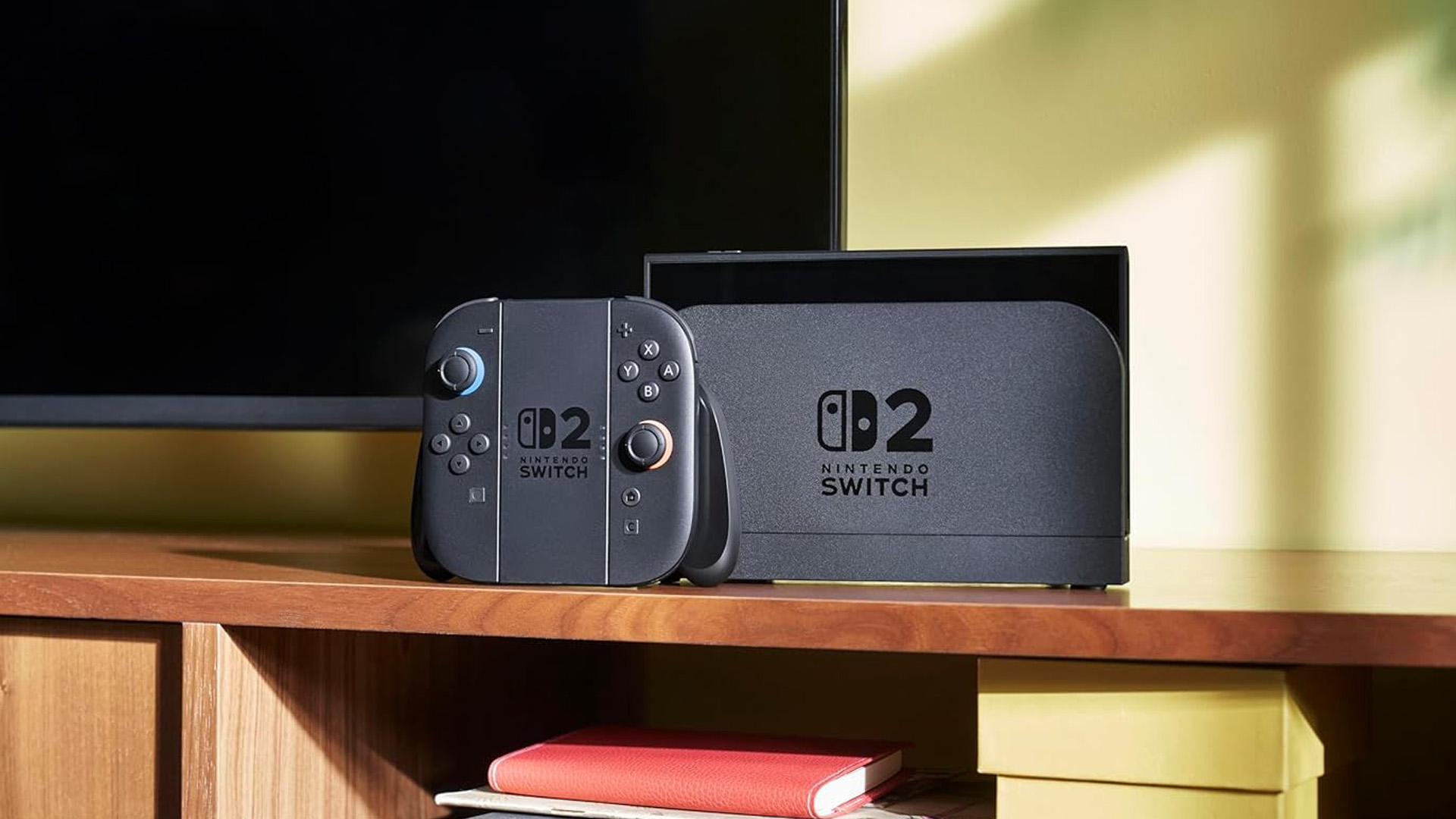 I can't wait for the Switch 2, but this feature doesn't convince me
I can't wait for the Switch 2, but this feature doesn't convince meMouse controls? I'm not sure...
By Max Freeman-Mills
-
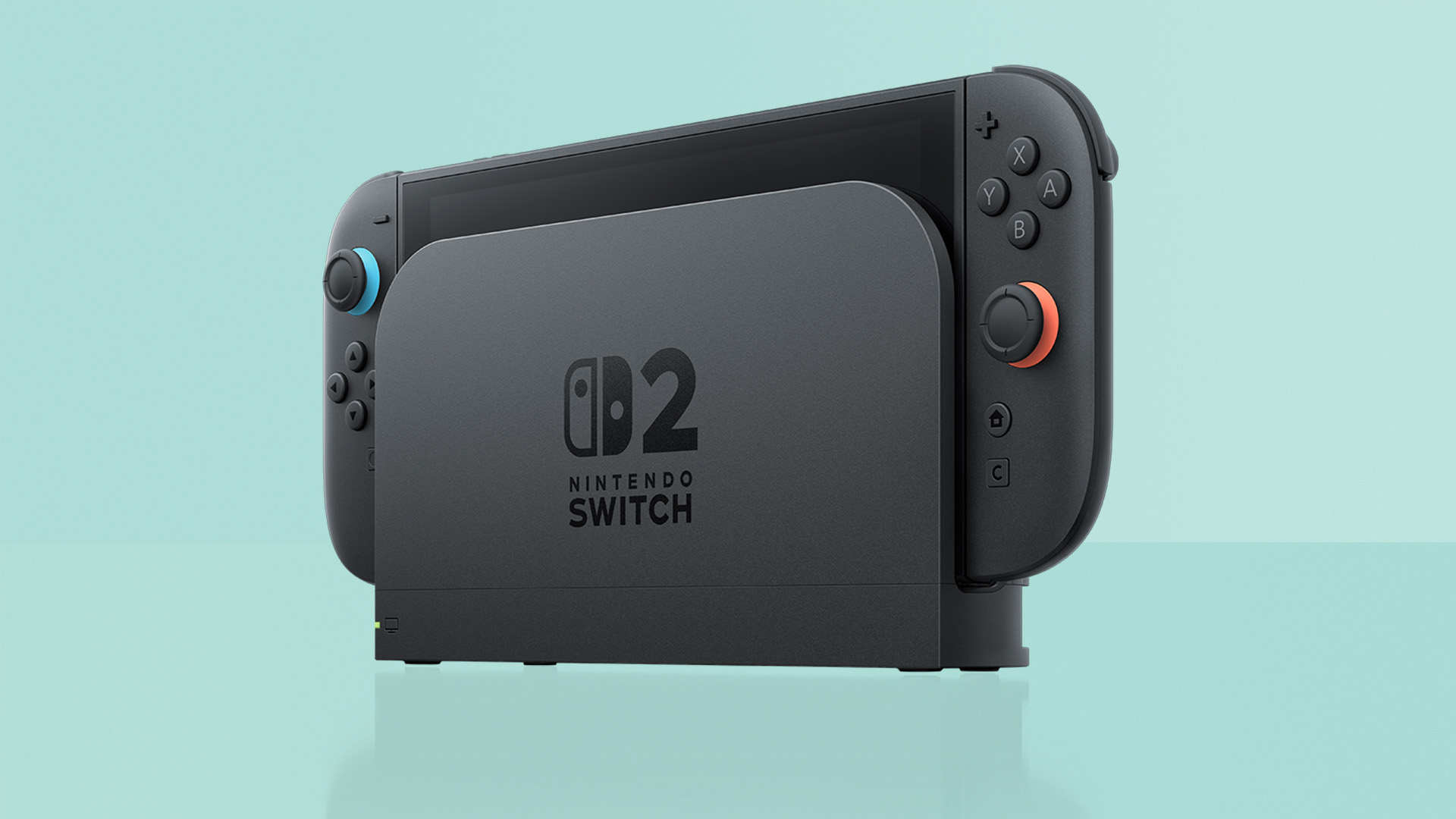 I think this was the biggest surprise upgrade in the Nintendo Switch 2's reveal
I think this was the biggest surprise upgrade in the Nintendo Switch 2's revealThat Switch 2 dock looks like a beast
By Max Freeman-Mills
-
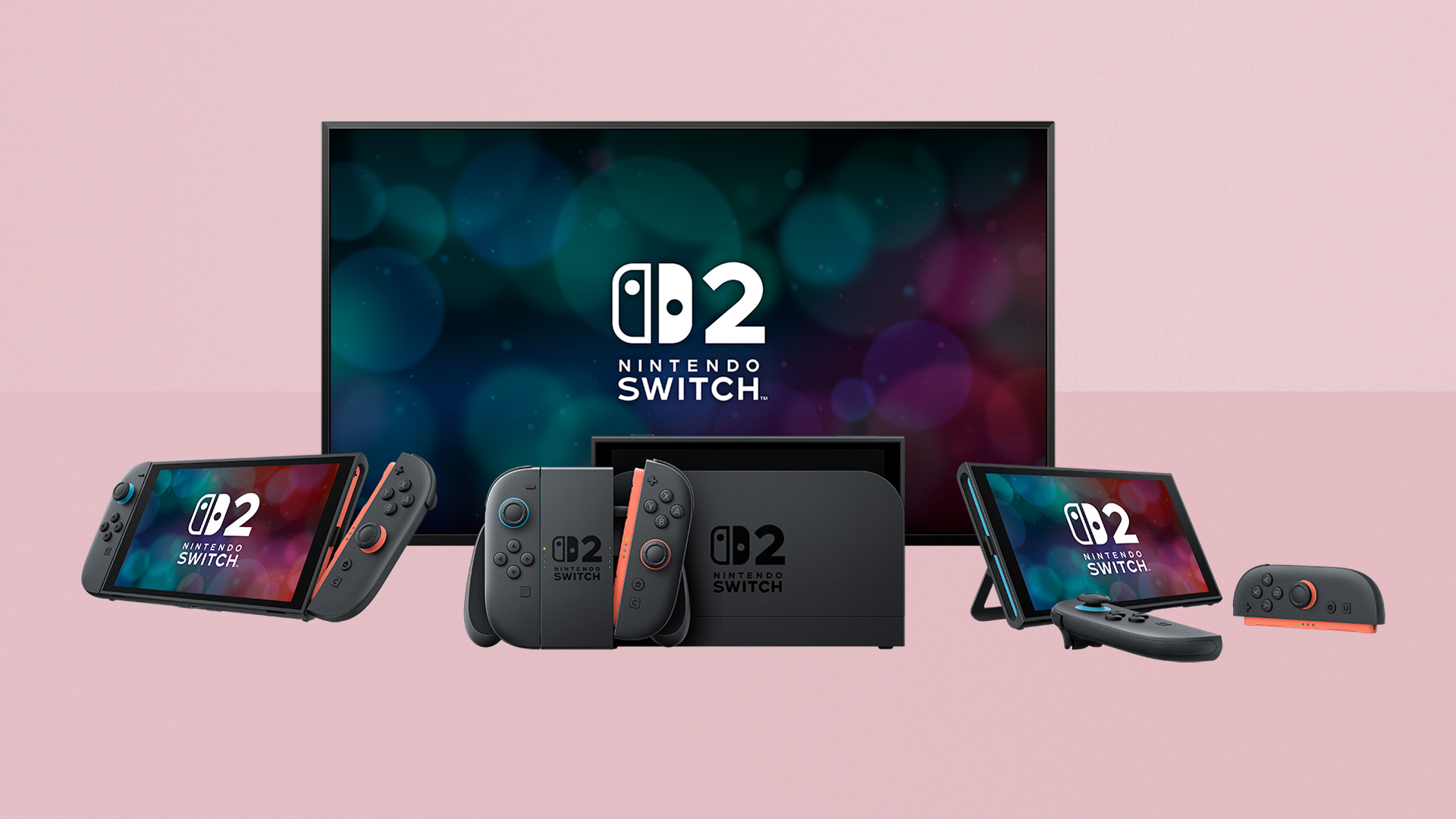 Did Nintendo just give Rockstar permission to make GTA 6 cost $100?
Did Nintendo just give Rockstar permission to make GTA 6 cost $100?Nintendo's pricing is a challenge
By Max Freeman-Mills
-
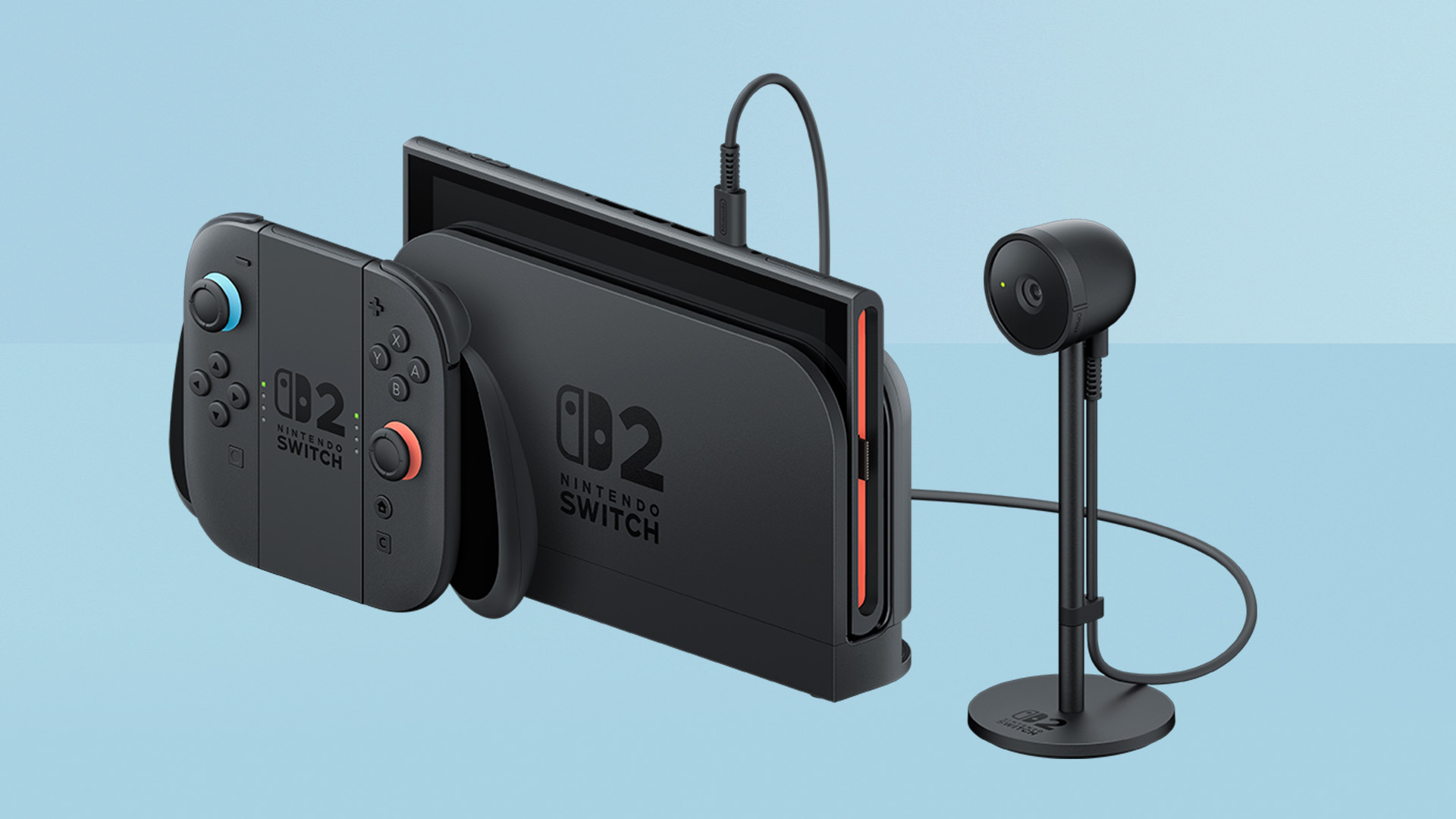 I love Nintendo for bringing back kooky gaming cameras for the Switch 2
I love Nintendo for bringing back kooky gaming cameras for the Switch 2The Nintendo Switch 2 Camera is mad
By Max Freeman-Mills
-
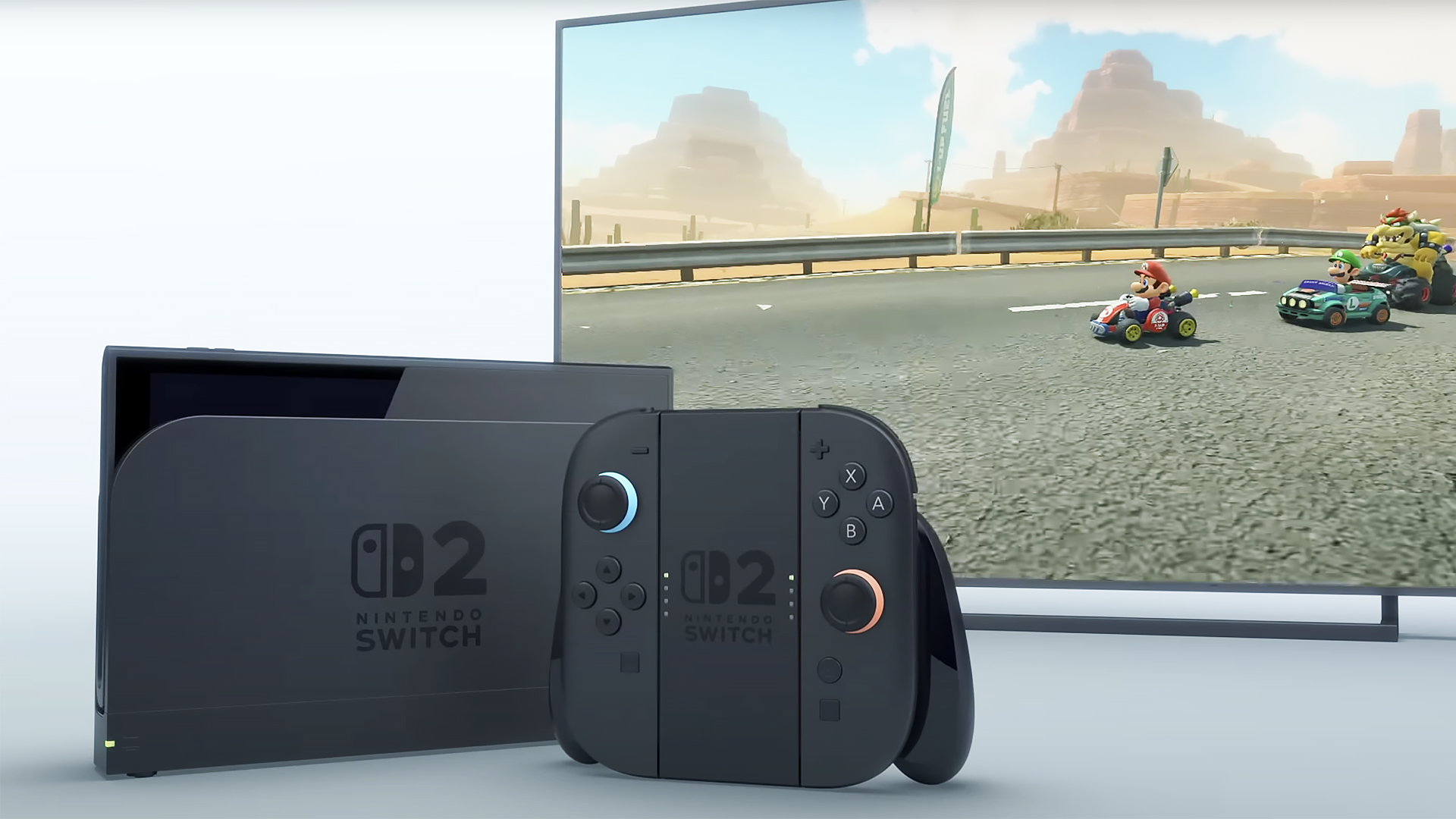 This Switch 2 news will change how I use my console completely, and I can't wait
This Switch 2 news will change how I use my console completely, and I can't waitSharing digital games is changing
By Max Freeman-Mills
-
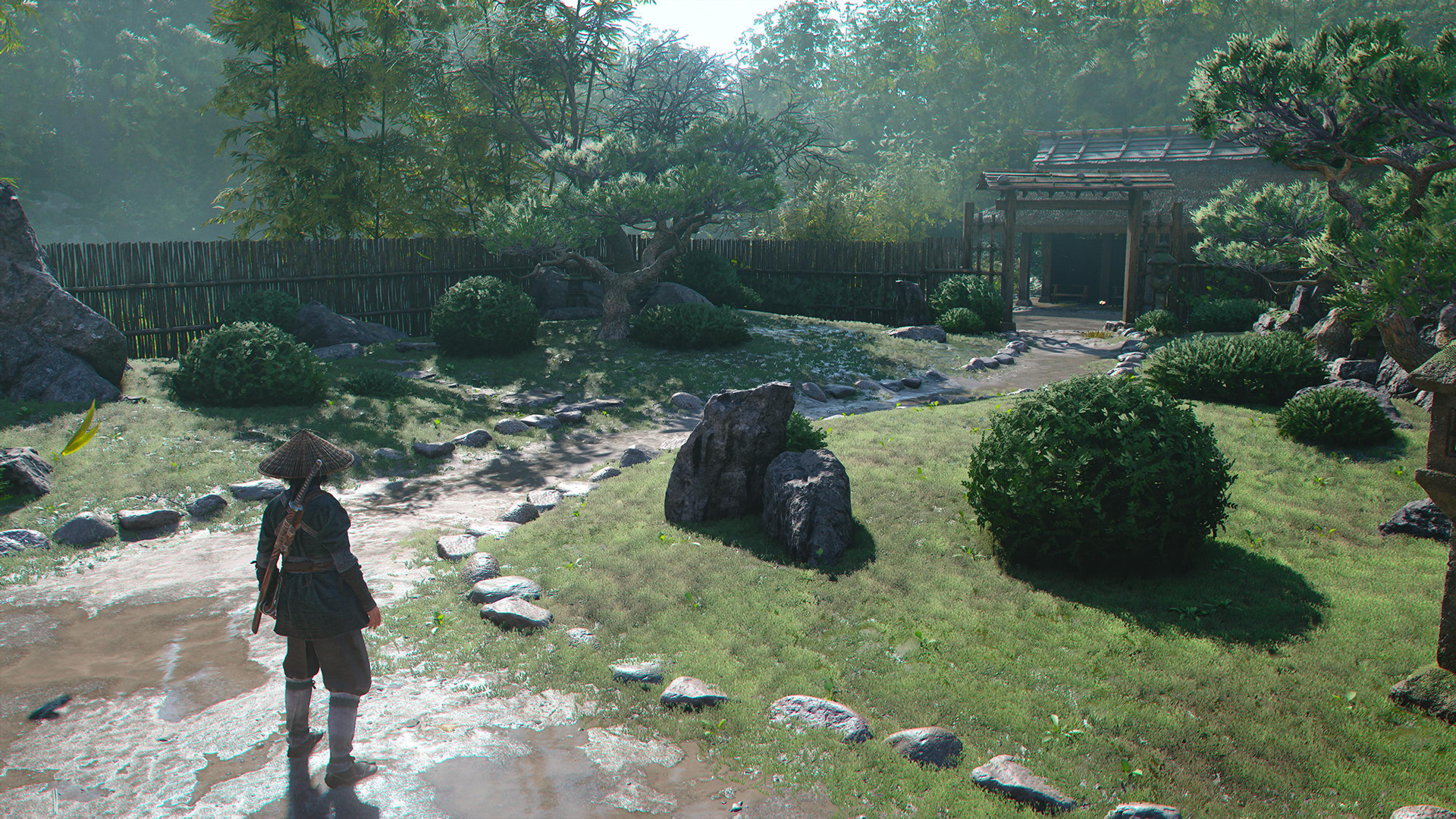 This PS5 Pro game proves the best part of next-gen isn't what you expected
This PS5 Pro game proves the best part of next-gen isn't what you expectedRay-traced reflections might be a mirage
By Max Freeman-Mills
